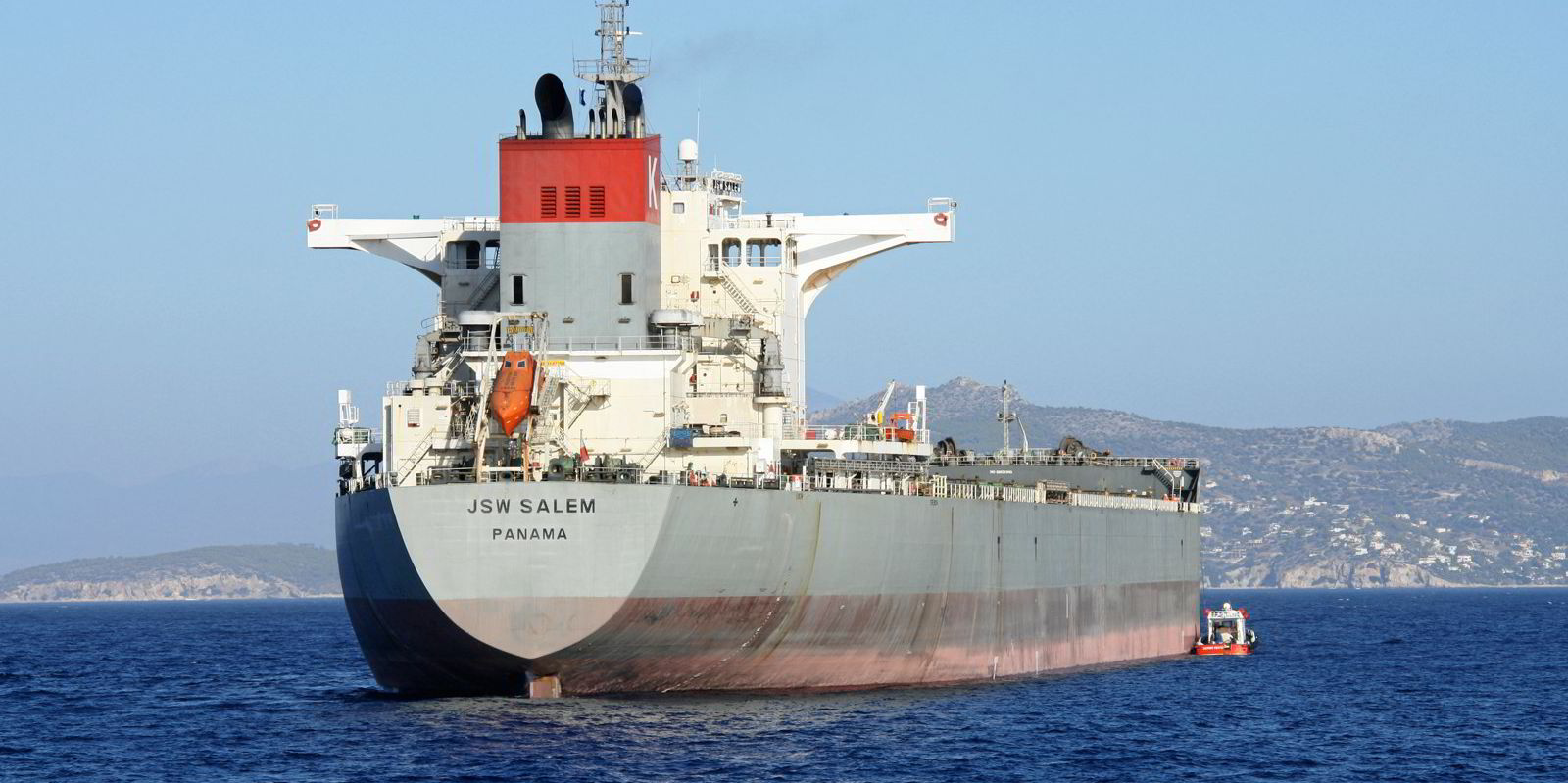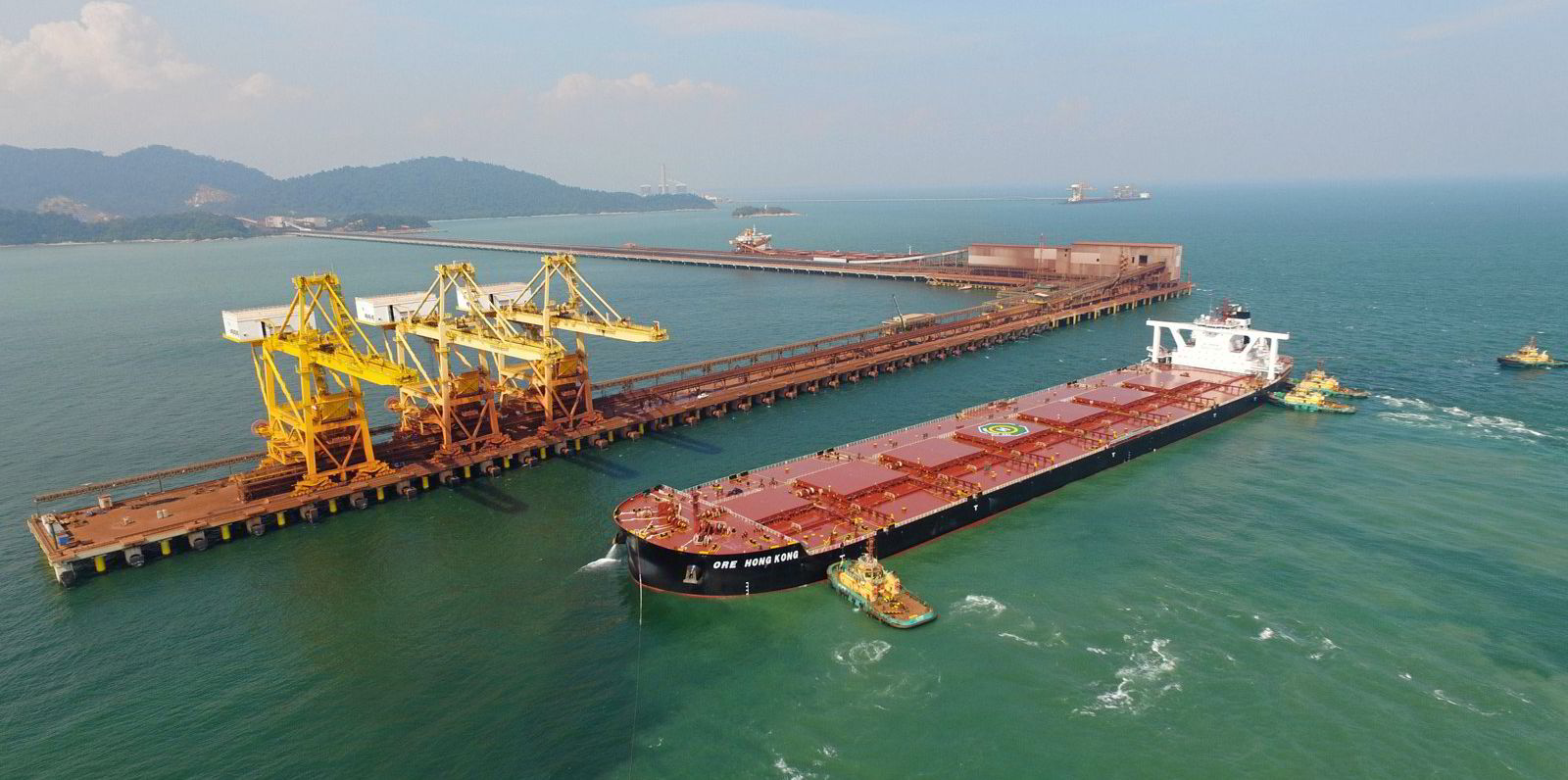The tanker market is expected to flourish due to robust global oil demand, while the container ship sector is forecast to weaken from overcapacity and the dry bulk market is set to suffer from China uncertainty, according to an industrywide report on shipping.
The tanker market is predicted to forge ahead over the next couple of years as a result of higher demand from China and the rest of the world in tandem with higher oil volumes from the Americas, Bimco wrote on Monday in its third-quarter outlook.
“The US Energy Information Administration (EIA) expects that China will account for more than half of the 3.4m barrels per day (mbpd) increase in global consumption between 2023 and 2024,” the shipowner group said.
“Oil production is in the meantime expected to grow mainly in the Americas, where refinery capacity is not growing.
“Crude exports from the Americas are therefore expected to grow and make up an increasing share of global seaborne exports.”
Global oil consumption is expected to hit new record highs of 101m barrels per day this year and 103m bpd in 2024, while production cuts by Saudi Arabia and Russia have boosted crude oil prices, Bimco said.
Further, limited refinery capacity in the Americas and Europe and continued sanctions on Russia’s oil and oil products are forecast to grow tonne-mile demand for tankers over the same period.
The boxship market is expected to languish as capacity outweighs weakened demand.
“Year-to-date, the total teu capacity of ships delivered from shipyards reached a record high,” Bimco said.
“Shipowners have, however, continued to order new ships and the order book has remained only marginally smaller than the record 7.6m teu reached in March 2023.”
Meanwhile, the container volumes forecast calls for a 0.5% slip or growth of up to 0.5% in 2023, and for growth of between 3% and 4% in 2024 as a result of an overall weak global economy, Bimco said.
Global gross domestic product growth is expected to stagnate at 3% to the end of 2024, while the global economy’s annual growth rate between 2020 and 2024 will average 2.5%, far below a rate of 3.7% from 2010 to the end of 2019, according to the International Monetary Fund.

“In the EU and US, retail sales have so far remained below 2022 levels,” Bimco said.
“And in China, the expected recovery has been much weaker than expected.”
The dry bulk market is also expected to remain weak, according to Bimco, as China’s economy continues to sputter along in great part due to a struggling property market.
“China’s economy is plagued by a real estate crisis, high youth unemployment, deflation, and low consumer spending,” the group said.
“In our base case scenario, we expect global dry bulk cargo volume to grow between 1.5% and 2.5% in 2023 and between 1% and 2% in 2024.”
The Chinese government has announced economic stimulus spending to get its economy going again, but the amount needed to do so may be more than the republic is willing to spend.
“In a low scenario where the government’s stimulus is ineffective, we forecast dry bulk demand to grow by 0.5 percentage points less than in our base case in 2023 and 1 percentage point less in 2024,” Bimco said.
“A more positive demand scenario could occur if China were to substantially increase economic stimulus.
“However, given China’s high debt after years of boosting public spending, we consider such a scenario unlikely.”
China’s steel output has risen 3.5% this year due to higher exports, but this has been offset by weak domestic demand that could fall further into 2024 if construction activity continues to weaken, Bimco said.
Meanwhile, uncertainties in China’s future coal import volumes as a result of high inventories, India’s increased production of domestic coal and lower volumes of wheat from war-stricken Ukraine could also hurt dry bulk shipping.





